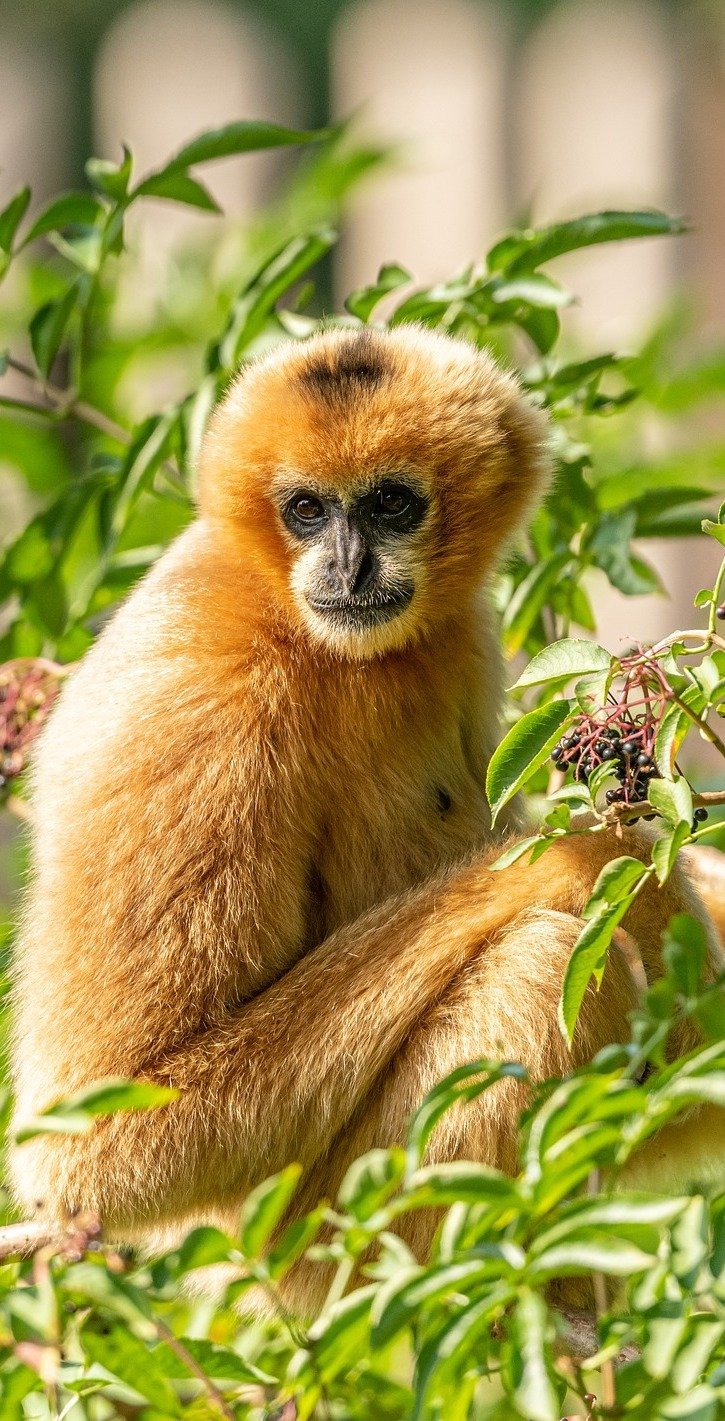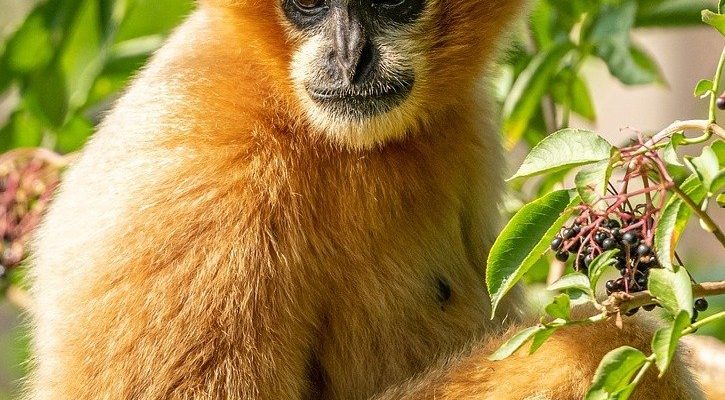
Gibbons belong to a family of apes known for their long arms and incredible acrobatic skills. They’re not just entertaining to watch; they also help shape their ecosystem in meaningful ways. So, let’s dive into the world of gibbons and understand how they fit into the intricate web of life around them.
What Are Gibbons?
Gibbons are small apes that can be found in the forests of Southeast Asia. There are about 18 species of gibbons, each with unique traits and habitats. They are known for their loud calls, which can travel over long distances. This is how they communicate with one another and establish their territory. Imagine shouting across a sprawling landscape just to tell your friend where you are—that’s kind of what gibbons do with their calls.
These creatures are incredibly agile. They have long arms that allow them to swing through trees with incredible speed. You might see them hanging upside down, using their arms to propel themselves from tree to tree. You might be wondering, why such a unique lifestyle? Their long limbs and strong fingers are perfectly adapted to their arboreal life, making them one of the best tree-dwellers in the animal kingdom.
The Importance of Gibbons in the Ecosystem
So, what makes gibbons so important to their ecosystem? For starters, they are essential for seed dispersal. As they munch on fruits, they often consume seeds along with them. When these seeds pass through their digestive systems, they are dropped far from the parent tree, allowing for new plants to sprout in different locations. This process helps maintain biodiversity within the forest.
Moreover, gibbons play a role in controlling the growth of certain plant species. By feeding on specific fruits, they help regulate how many of those plants grow. Without gibbons, some plants could start to dominate, leading to a less diverse and balanced ecosystem. Think of them as nature’s gardeners, ensuring a variety of plants thrive together.
Gibbons and Their Habitat
Gibbons live primarily in tropical rainforests, which are rich in biodiversity. These habitats provide the perfect environment for gibbons to thrive. However, the loss of such forests due to deforestation poses a significant threat to their survival. When trees are cut down, gibbons lose their homes and food sources, which can lead to declining populations.
Healthy forests depend on the intricate relationships between their inhabitants. When gibbons swing through the canopy, they help keep the forest dynamic. The sounds of their calls echoing through the trees also help maintain the social structure of their groups. This social interaction builds a community that is essential for their survival.
Social Structure and Family Life of Gibbons
Gibbons are known for their strong family bonds. They typically live in small family groups consisting of a mated pair and their offspring. This close-knit structure allows them to care for their young while also protecting their territory from other groups.
Family life is vibrant and interactive. Parents often engage in playful activities with their young ones, teaching them essential life skills. The strength of these family units contributes to the stability of gibbon populations. Here’s the thing: when the family dynamic is disrupted—either by habitat loss or poaching—it can have dire consequences for their survival.
Challenges Facing Gibbons
Unfortunately, gibbons are facing numerous challenges that threaten their existence. As we’ve touched upon, deforestation is a major concern. Many forests are cleared for agriculture, logging, or urban development, leaving gibbons with nowhere to go. This habitat loss doesn’t just affect gibbons; it impacts the entire ecosystem, as other species rely on the same habitats.
Additionally, gibbons are often victims of the illegal pet trade. People captivated by their playful nature might think having a gibbon as a pet is a great idea. However, this disrupts their family structures and can lead to a decline in wild populations. It’s important to remember that gibbons are not meant for captivity; they thrive in their natural habitat.
Conservation Efforts for Gibbons
Thankfully, there are ongoing conservation efforts aimed at protecting gibbons and their habitats. Several organizations focus on creating protected areas, enforcing laws against poaching, and educating communities about the importance of wildlife. By raising awareness, we can help foster a culture that values and protects these incredible creatures.
One effective method of conservation is engaging local communities. By providing alternative livelihoods that don’t rely on deforestation or poaching, people can learn to live alongside gibbons and other wildlife. Community-led initiatives often yield the best results because they empower locals to take part in protecting their environment.
The Future of Gibbons in Their Ecosystem
The future of gibbons largely depends on our actions today. As we continue to face environmental challenges, it’s crucial to recognize the role that gibbons play in sustaining their ecosystems. By protecting them, we are also preserving the health of the forests and the countless species that share their homes.
Imagine a world where these lively creatures swing freely through lush trees, their calls echoing in the canopy. By supporting conservation efforts, we can help ensure that gibbons—and the ecosystems they support—thrive for generations to come.
In closing, gibbons are not just fascinating animals; they are vital contributors to the health of their ecosystems. Understanding their role and the challenges they face is the first step toward ensuring their survival. So, let’s continue to celebrate and protect these incredible primates and the environments they help sustain.

